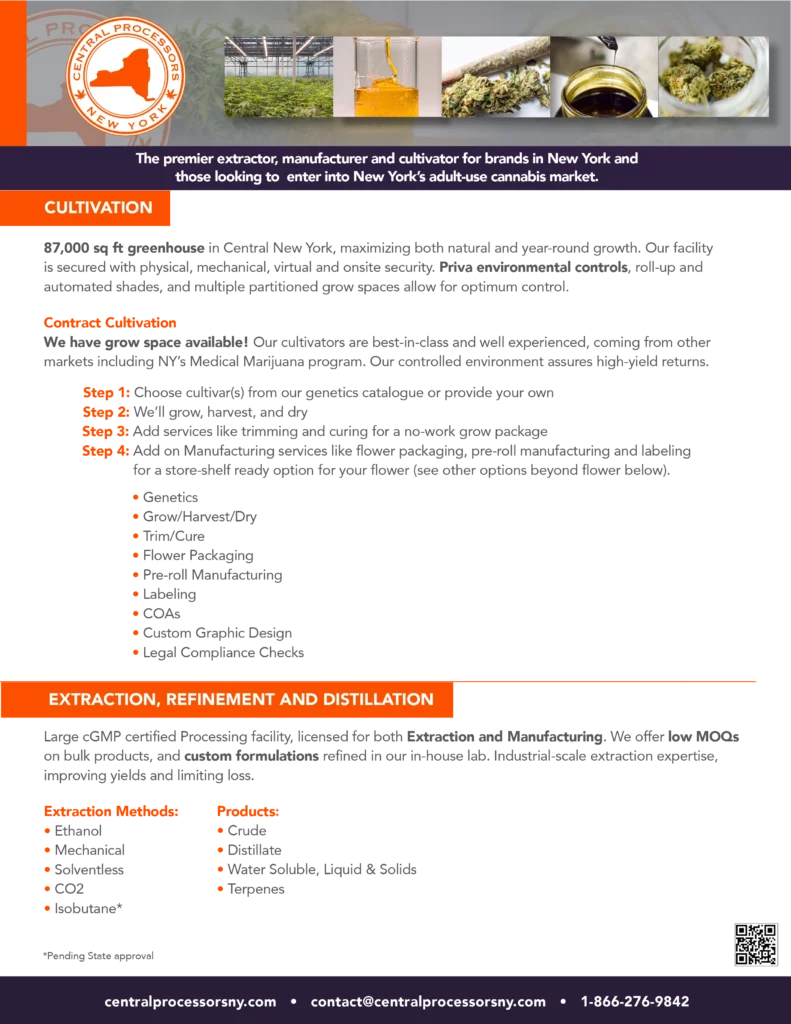Understanding THC and CBD in Cannabis
Cannabis, a versatile plant, contains over 100 active compounds called cannabinoids. The most well-known and widely studied of these are tetrahydrocannabinol (THC) and cannabidiol (CBD). THC is primarily responsible for the psychoactive effects or “high” associated with cannabis use, while CBD is known for its therapeutic properties and lack of psychoactive effects. To create various cannabis products, these compounds must be extracted from the plant. Let’s discuss four methods of extracting THC and CBD from cannabis.
CO2 Extraction – Efficiency and Purity
CO2 extraction is one of the most popular and efficient methods for extracting THC and CBD from cannabis. This process involves using supercritical carbon dioxide (CO2) as a solvent. The CO2 is cooled and pressurized, turning it into a supercritical fluid capable of dissolving and extracting the desired cannabinoids. The mixture is then passed through a separator, where the cannabinoids are collected, and the CO2 is recycled.
This method is favored for its efficiency and high-quality output. It produces a clean and pure extract with little to no residual solvents. However, the equipment and technical expertise required for CO2 extraction can be costly, making it less accessible to small-scale producers.
Ethanol Extraction – Cost-Effective and Versatile
Ethanol extraction is a cost-effective and versatile method for extracting THC and CBD from cannabis. This process involves soaking the cannabis plant material in ethanol, which dissolves the cannabinoids. The ethanol-cannabinoid mixture is then filtered to remove any solid plant matter, and the solvent is evaporated, leaving behind a concentrated extract.
This method is popular among small-scale producers and DIY enthusiasts due to its relatively low cost and ease of use. However, ethanol extraction has some drawbacks, including the potential for chlorophyll contamination and a less refined final product compared to CO2 extraction.
Hydrocarbon Extraction – High Potency and Flavor Retention
Hydrocarbon extraction, another common method for extracting THC and CBD, employs solvents such as butane or propane. These solvents are mixed with the cannabis plant material, dissolving the cannabinoids. The mixture is then filtered, and the solvent is purged using heat and vacuum, resulting in a concentrated extract.
Hydrocarbon extraction is known for producing high-potency extracts with excellent flavor retention, making it popular for creating products like shatter and wax. However, this method carries risks associated with handling flammable solvents and the potential for residual solvents in the final product. Proper safety measures and thorough purging are essential to ensure a safe and high-quality extract.
As we’ve learned, various methods can be used to extract THC and CBD from cannabis, each with its unique advantages and drawbacks. CO2 extraction is favored for its efficiency and purity, while ethanol extraction offers a more cost-effective and accessible option. Hydrocarbon extraction is popular for producing high-potency extracts with excellent flavor retention. Understanding these methods can help consumers make informed choices about the cannabis products they consume and provide insight into the production process behind these compounds.




